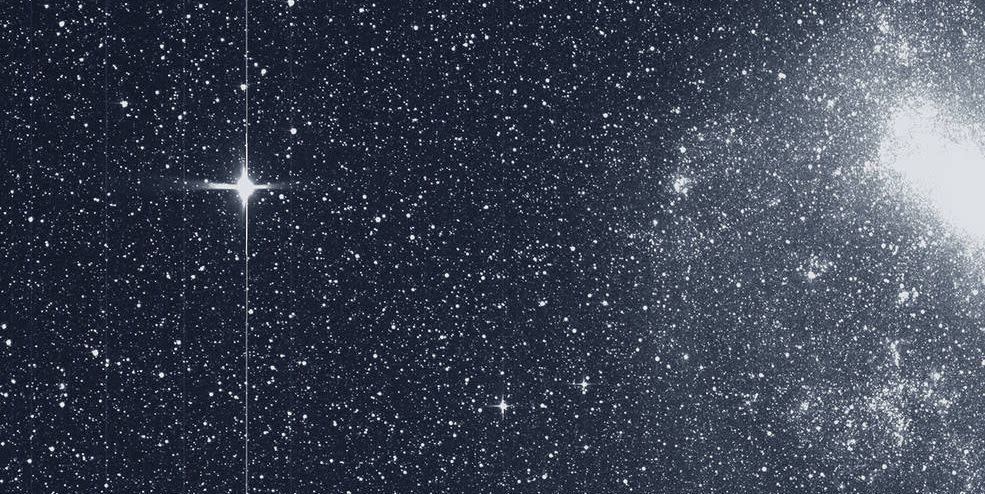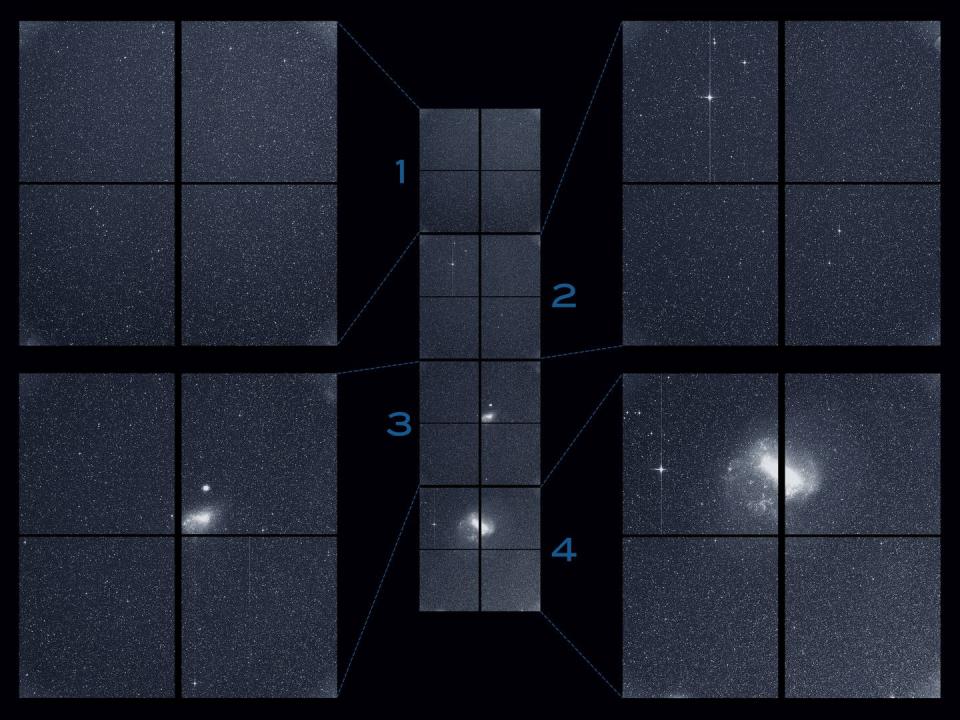NASA's New Spacecraft Takes First Photo, Finds First Exoplanet

There are millions of stars in the night sky, and there’s a good chance nearly all of them have planets orbiting them. Potentially billions of planets are out there waiting for us to discover them, and a new NASA spacecraft has just begun helping us find them. NASA’s TESS spacecraft just released its first image of our galaxy’s stars, and a new recently-released paper details how researchers have already used TESS data to find a planet around another star.
NASA’s Transiting Exoplanet Survey Satellite (TESS) spacecraft has been in the works for years, but only launched into space in April. Since then, it’s primarily spent the past few months running tests on its systems and making sure everything checks out. It even imaged a passing comet as part of those tests back in August.
Around the same time, TESS took what is known as its ‘first light’ image, the very first image ever captured by the spacecraft’s cameras. That image contains millions of stars from a region in the southern sky, captured by all four of the spacecraft’s cameras over a 30 minute period.

Over the next year, TESS will take frequent images of the southern sky, rotating its narrow view once every month. After covering the southern sky in 13 different sectors during that first year, TESS will then switch to imaging the northern sky the next year. While staring at the same section of the sky, it will be easy for TESS’s instruments to spot if a star is growing slightly brighter or dimmer, indicative of a hidden planet blocking some of its starlight.
TESS is expected to find thousands of new exoplanets, and according to a recent paper it’s already found one. According to a new paper submitted to the journal AAS Letter, the new planet orbits a star called Pi Mensae, and is a little over twice as big as the Earth. However, despite only being twice as big it’s more than four times as heavy as Earth, meaning it likely has many more metals and other heavier elements.
It’s also much closer to its host star, and a year on this newly discovered planet lasts only about 6 Earth days. That means there’s no chance this planet can support life. But this is only the first discovered exoplanet out of the thousands that TESS will find over the next few years. Who knows what we’ll find out there.
('You Might Also Like',)

